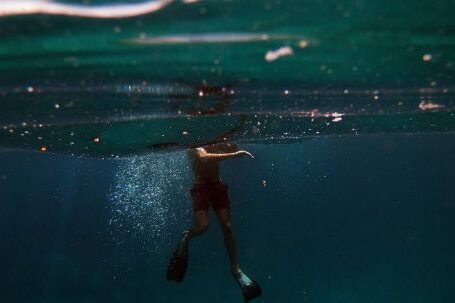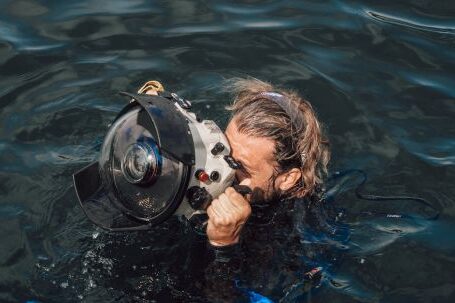Diving into the depths of the ocean can be an exhilarating and awe-inspiring experience. The underwater world is full of vibrant marine life, stunning coral reefs, and hidden treasures waiting to be discovered. However, deep diving comes with its own set of risks and challenges. To ensure a safe and enjoyable dive, it is essential to follow some key tips and guidelines. In this article, we will explore the depths and share valuable insights on deep diving safety.
Understand your limits
Deep diving is not for the faint-hearted. It requires extensive training, experience, and the right equipment. Before embarking on a deep dive, it is crucial to understand your limits and capabilities. Deep dives typically involve descending beyond 18 meters (60 feet), which may require specialized training and certification. Always dive within your certified depth limit and never push yourself beyond what you are comfortable with.
Plan your dive and dive your plan
Proper planning is vital for a safe deep dive. Before entering the water, make sure to create a detailed dive plan. This should include factors such as the depth, dive time, decompression stops, and emergency procedures. Communicate your plan with your buddy or dive group and ensure everyone is on the same page. During the dive, stick to the plan and avoid any unnecessary risks or deviations.
Check your equipment
Your diving equipment is your lifeline underwater. Before every dive, thoroughly inspect your gear to ensure it is in good working condition. Check your regulator, BCD, dive computer, and other essential equipment. Pay extra attention to your dive computer and make sure it is set to the correct dive mode and gas mix. Always carry a backup dive computer in case of any malfunctions.
Maintain proper buoyancy
Maintaining proper buoyancy is crucial for a safe and controlled deep dive. It is essential to establish neutral buoyancy and avoid rapid ascents or descents. Practice controlling your buoyancy through regular training and take the time to fine-tune your weighting. Proper buoyancy control not only enhances your safety but also minimizes damage to delicate marine ecosystems.
Monitor your air supply
Deep dives consume air at a faster rate compared to shallow dives. It is crucial to closely monitor your air supply and plan your dive accordingly. Always have a sufficient amount of air to complete your dive and return to the surface with a comfortable reserve. Regularly check your air gauge throughout the dive and communicate your air status with your buddy or dive group.
Stay hydrated and avoid fatigue
Deep diving can be physically demanding and mentally exhausting. It is important to stay hydrated before and during the dive to prevent dehydration. Dehydration can lead to fatigue and decreased mental alertness, which can compromise your safety underwater. Avoid consuming alcohol or caffeine before diving as they can contribute to dehydration.
Conclusion: Dive with caution
Deep diving offers a world of wonders to explore, but it requires caution and respect for the underwater environment. Following these tips for deep diving safety will help ensure a memorable and incident-free dive. Remember to stay within your limits, plan your dive, check your equipment, maintain proper buoyancy, monitor your air supply, and stay hydrated. With these precautions in mind, you can dive confidently into the depths and unlock the mysteries of the underwater world.





